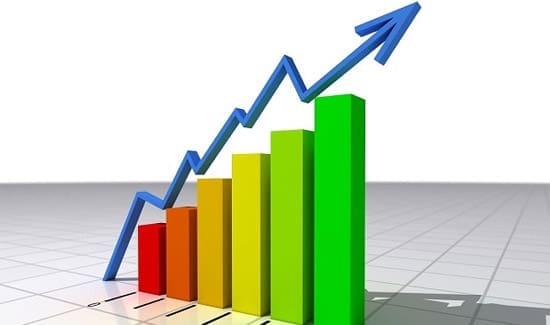The digitisation drive and pandemic-induced emergence of the gig economy have led to a faster formalisation of the economy, with the share of the informal sector shrinking to just 15-20 per cent in 2021 from 52.4 per cent in 2018, according to an SBI Research report. Share of the informal economy has fallen drastically to 15-20 per cent of the gross value added (GVA) or the formal GDP in 2020-21 from 52.4 per cent in 2017-18 due to digitisation and the rapidly expanding gig economy, said Soumya Kanti Ghosh, the group chief economic advisor at SBI.
The share of the same had stood at 53.9 per cent in 2011-12.
According to Ghosh, many measures since the note-ban in November 2016 have accelerated digitisation of the economy, and the pandemic-induced emergence of the gig economy has facilitated higher formalisation of the economy, at rates possibly much faster than most other nations.
The note ban hit hardest the informal sector which then constituted 93 per cent of the workforce. The second blow to the informal economy was the GST and the final and the hardest hit came from the pandemic.
At least Rs 13 lakh crore has come under the formal economy through various channels over the past few years, including the recent scheme on the E-Shram portal, the report said.
Real GDP was estimated at Rs 135.13 lakh crore in FY21 but lost 7.3 per cent of that in FY22 after the worst economic contraction on record due to the pandemic.
The 2011 Census pegged the size of the informal sector in trade, hotels, transport, communication and broadcasting at 40 per cent; in construction at around 34 per cent; 16 per cent of public administration; and 20 per cent of manufacturing and almost 100 per cent formalisation in finance, insurance and utilities, and to a large extent in real estate and agriculture.
The formal financial sector has even expanded by 10 per cent post-the pandemic, with the DBT transfers gaining traction and that of formalized utility services size expanded by 1 per cent during the pandemic, according to the report.
The report, quoting the monthly EPFO payroll data, said that since FY18, almost 36.6 lakh jobs have been formalized till July 2021 and the report expects that this fiscal formalisation rate will be higher than FY20 but lower than the FY19 level.
Since FY18, the agriculture sector has been formalised by 20-25 per cent due to the increasing penetration of KCC credit and now the informal agriculture sector is 70-75 per cent.
Over the years, usage of Kisan credit cards has also increased significantly as the per card outstanding has gone up from Rs 96,578 in FY18 to Rs 1,67,416 in FY22, an increase of Rs 70,838. And there are 6.5 crore such cards, the amount formalized is Rs 4.6 lakh crore, the report noted.
It also said payments worth Rs 1 lakh crore have been made at petrol pumps alone in the past five years.
A sizeable informal economy is not just an emerging and developing economy feature, and according to the IMF, 20 per cent of the European GDP is an informal economy.
On the impact of the just-launched E-Shram portal, a first-ever national database of unorganised workers, on the formalisation of the economy, the report said as much as 5.7 crore unorganised workers have registered in the first two months after its launch in August, with 62 per cent of workers belonging to the 18-40 age-group and 92 per cent of the registered workers having monthly income of under Rs 10,000.

